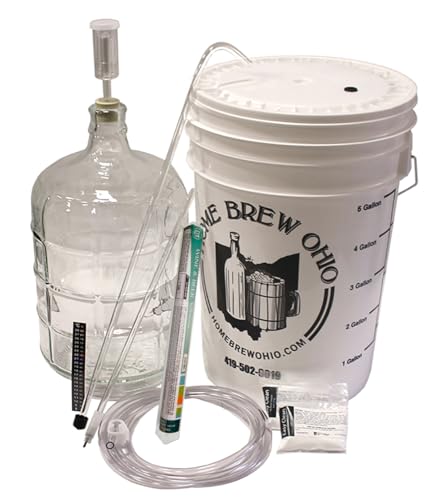Jeigh
Junior
A friend that makes wine unloaded his extra stuff on me so I made my first batch of muscadine wine with his help. Made it at his house then took it back in a 6 gallon bucket with a nozzle. I let it ferment, stopped it when finished at 14%, and then added a fining agent. I left it in the bucket with the lid on tight for two months. When I opened the lid in November it had a thick feathery mass floating in it and was still hazy. I strained it, racked it in a carboy, then used another couple campden tablets and clarifier. It tastes fine, but it's still hazy a month later. Have I ruined this batch by not racking it sooner or is it something else entirely? Included is the bucket growth and the way it looks in the carboy now a month later. It began clearing up at first after moving it to the carboy and redoing the clarifier, but stopped clearing up again. 













































